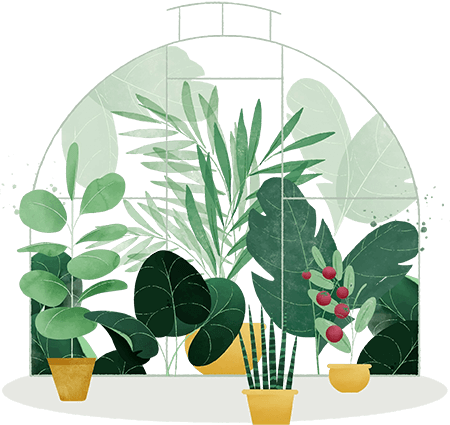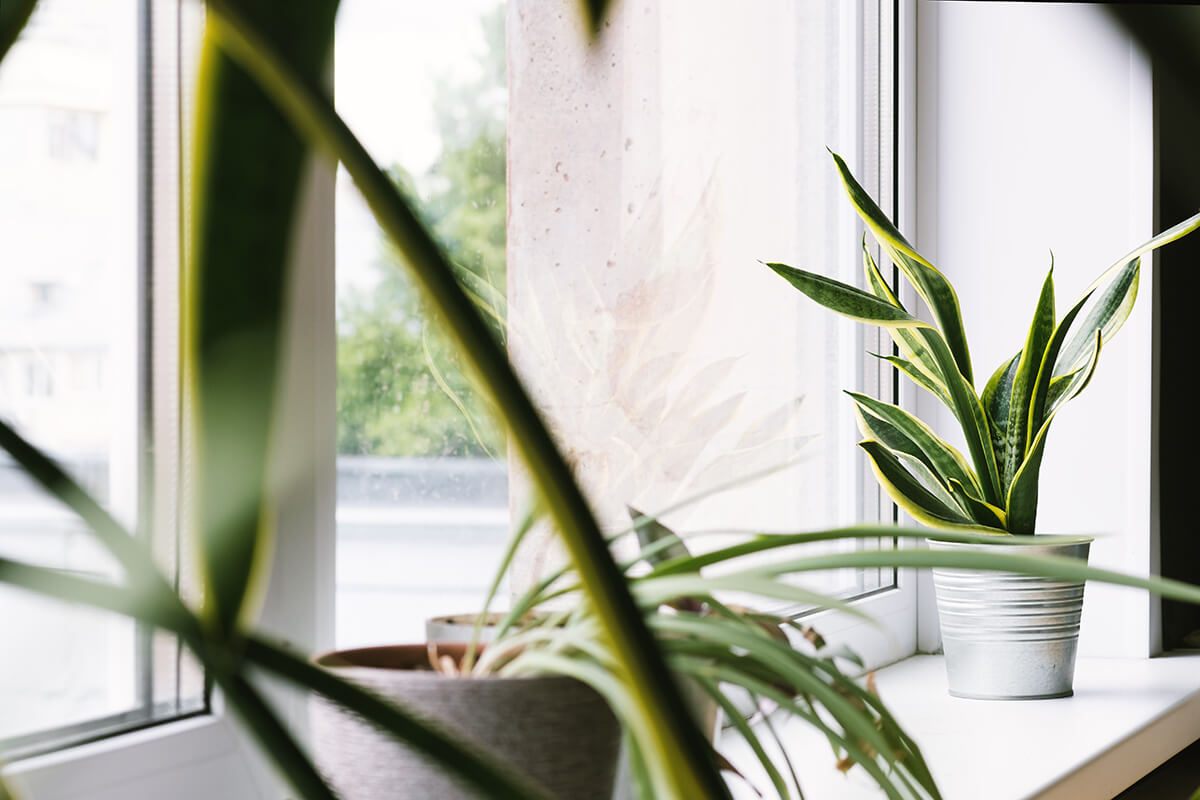Bringing an English Ivy (Hedera helix) into your home is like adding a touch of classic beauty and fresh greenery to your life. Their trailing vines and lush leaves are truly charming, but to keep your English Ivy looking its best, there’s one essential thing to get right: *light*. Understanding how much and what kind of light your English Ivy needs can make all the difference between a thriving, vibrant plant and one that struggles. If you’ve ever wondered about the ideal spot for your English Ivy or how much sun it should get each day, you’re in the right place!
What Are the Ideal Light Conditions for English Ivy?
English Ivy (Hedera helix) naturally grows under the trees of European forests. This means it’s used to bright, filtered light—think of soft daylight shining through branches overhead. Indoors, your goal is to mimic these gentle, dappled light conditions as closely as possible.
Direct sunlight for hours every day can actually scorch English Ivy leaves, causing brown spots or crispy edges. However, very dark corners can lead to leggy growth and faded, sad-looking leaves. The happy middle ground? Bright, indirect light.
Where Should I Put My English Ivy in the Room?
Choosing the right spot for your Hedera helix isn’t tricky once you know what to look for. Here are some practical ideas for apartment-dwellers or anyone with limited space:
- Near a north- or east-facing window: These windows offer gentle sunlight that won’t burn delicate leaves.
- A few feet from a bright south or west window: If you have only strong, sunny windows (especially south-facing), place the plant a few feet back or behind a sheer curtain.
- On a shelf or hanging basket: As long as your Ivy gets light for much of the day, it can thrive in many spots.
Just avoid dark hallways or spots without a window. Even though English Ivy tolerates low light, it won’t do well in true shade over long periods.
How Many Hours of Light Does English Ivy Need?
Aim to give your English Ivy about 6–8 hours of bright, indirect light each day. This doesn’t need to be all at once or direct sun beam hours! Instead, you want your plant to be in a spot that’s consistently well-lit during daylight. In the winter, when days are short, moving the plant closer to the window or using a simple grow light can help.
How Do I Know If My Space Is Bright Enough?
Here’s a quick test you can do with your hand:
1. On a sunny day, hold your hand about 12 inches above where your plant sits.
2. If you see a soft, blurry shadow, you likely have good indirect light.
3. A sharp, clear shadow means direct light (move the Ivy farther away); barely any shadow means the spot is probably too dim.
You can also look at the room during midday – if you could comfortably read a book without a lamp, the light is probably good for English Ivy.
Does English Ivy Tolerate Direct Sun?
A little morning sun is okay—especially in winter when the sun isn’t so strong. But long hours of direct sunlight (especially midday or afternoon) can dry and burn the leaves, turning them brown and crispy.
Does English Ivy Tolerate Shade?
English Ivy is famous for tolerating lower light than many houseplants. It can survive in shade, but its growth will slow down, and leaves may lose their lush green color. In the deepest shade, expect spindly vines and smaller, paler leaves.
What Are the Signs of Insufficient Light?
Watch for these common signs your English Ivy isn’t getting enough light:
- Leggy or stretched-out vines
- Pale, yellowing leaves
- Leaf drop (leaves falling off)
- Slower or stopped growth
- Smaller new leaves
If you notice any of these, try moving your plant to a brighter spot.
How Can I Mimic Natural Conditions for My English Ivy?
Even if you don’t have a tree-filled backyard, you can help your Hedera helix feel at home:
- Place near bright, filtered light (use sheer curtains if needed)
- Rotate your plant every few weeks so all sides get light
- Consider a simple LED grow light in rooms with little natural light
- Keep away from hot radiators or air conditioners that dry out leaves
Summary: Setting Your English Ivy Up for Success
Caring for an English Ivy (Hedera helix) indoors is easy when you know what it likes. Aim for bright, indirect light—about 6 to 8 hours daily—and keep an eye out for signs that your plant needs more light. Don’t worry if you’ve placed it in a too-dark spot at first; you can always move it and see it perk up! With just a bit of attention to lighting, your English Ivy will reward you with beautiful, trailing greenery for years to come.


